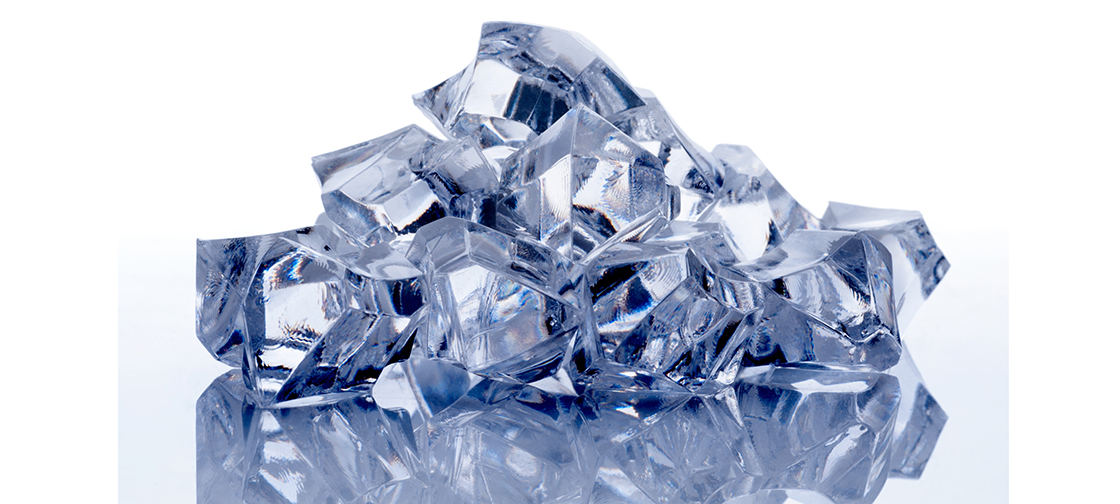MSE’s Caroline Gorham and David Laughlin have published a paper that considers a novel framework to understand crystallisation—the process that transforms a liquid or gas to a solid—specifically for crystalline solids that contain permanent structural defects.
Crystallisation is a phase transition, the solidification process that transforms a liquid (or gas) into a translationally ordered solid state that is a tightly packed and highly organised structure of atoms. The process occurs as liquid water turns into ice, whether as raindrops becoming snowflakes in a cloud, or as a tray of water becomes cubes of ice in the freezer. Crystallisation is ubiquitous in our daily lives, but there is still much we don’t understand about it.
Caroline Gorham and David Laughlin, of the Department of Materials Science and Engineering, have recently published a paper that considers a novel framework to understand crystallisation, specifically crystalline solids that contain permanent structural defects. The paper is part of a detailed series of articles they are developing to better understand crystallisation in solids beyond glass formation and perfect crystals, which have no defects and are not readily observed in nature.
While crystalline and glassy solids are ubiquitous in the world around us, a detailed theoretical description of solidification processes remains rather rudimentary. With this article and continued research, Gorham, a postdoctoral research fellow, and Laughlin, professor of MSE, are developing a detailed approach to crystallisation that they hope can impact how we think about and use solids in everyday life.
Source: “Taking crystals to a higher dimension”, Marika Yang, Carnegie Mellon University, College of Engineering




